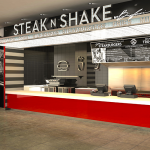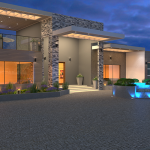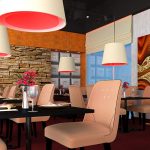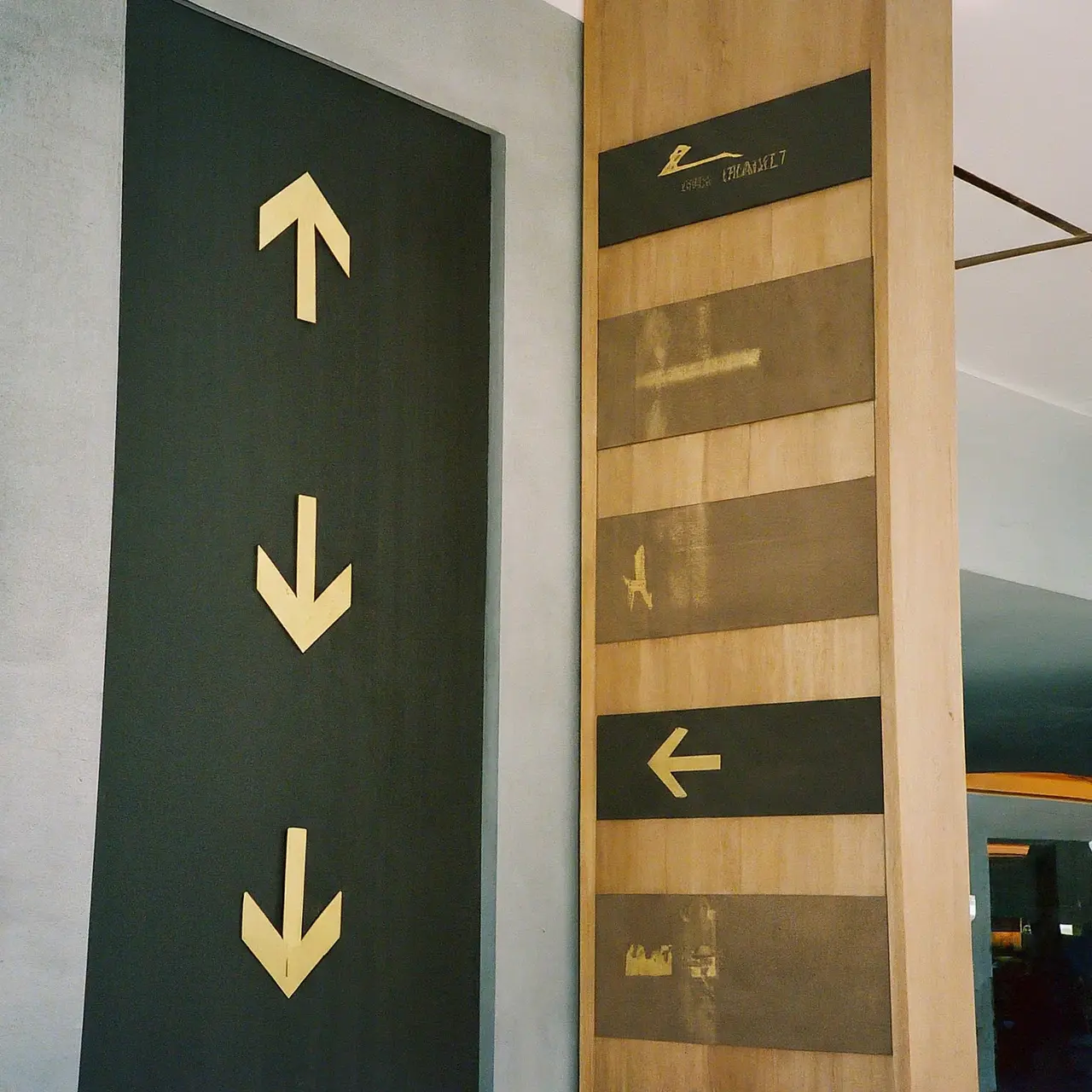10 Innovative Wayfinding Design Strategies for the Hospitality Industry
Navigating through vast hospitality spaces can be daunting for guests, but with innovative wayfinding design, it becomes an integral part of the customer experience. This blog explores ten groundbreaking strategies that can transform ordinary journeys into memorable parts of a visit, enhancing overall satisfaction. Our journey through the maze of wayfinding will not only enlighten but entertain.
1. Embracing Technology: Interactive Digital Signage
Interactive digital signage represents a leap beyond traditional wayfinding by engaging guests with dynamic content. Imagine walking through a hotel lobby and a nearby screen greets you by name, offering directions to your room and personalized recommendations for dining based on your preferences. These sophisticated systems not only alleviate confusion but also connect guests with services and amenities, vastly improving their on-site experience.
The versatility of digital signage allows for real-time updates. This means that events, room availabilities, and even emergency notifications can be communicated instantly, ensuring that guests are always well-informed. Moreover, interactive features such as touchscreens encourage guest exploration, making wayfinding an active part of the discovery process.
2. Going Green: Eco-Friendly Materials and Design
In a time where going green is a must, using eco-friendly materials in signage serves two purposes. It shows a hotel’s dedication to the planet and guides guests easily. Materials like bamboo, recycled plastics, and natural stone make for signs that last and care for the earth. Additionally, incorporating LED lighting in signage can further enhance sustainability efforts by reducing energy consumption. By making conscious choices in materials and design, hotels can create a welcoming and environmentally responsible atmosphere for their guests.
In today’s world where sustainability is paramount, incorporating eco-friendly materials into signage serves dual purposes. Not only does it demonstrate a hotel’s commitment to the environment, but it also helps guests navigate their way easily. Utilizing materials such as bamboo, recycled plastics, and natural stone results in durable signs that also promote eco-consciousness. Moreover, integrating LED lighting into signage can bolster sustainability initiatives by minimizing energy usage. Through thoughtful selection of materials and design elements, hotels can cultivate a warm and environmentally conscious ambiance for their guests.
Robert Ancill, CEO of TNI Group says; “In today’s world where sustainability is paramount, incorporating eco-friendly materials into signage serves dual purposes. Not only does it demonstrate a hotel’s commitment to the environment, but it also helps guests navigate their way easily. Utilizing materials such as bamboo, recycled plastics, and natural stone results in durable signs that also promote eco-consciousness. Moreover, integrating LED lighting into signage can bolster sustainability initiatives by minimizing energy usage. Through thoughtful selection of materials and design elements, hotels can cultivate a warm and environmentally conscious ambiance for their guests.”
3. Art Meets Direction: Mural-Based Wayfinding
Transforming functional wayfinding signage into captivating works of art, mural-based wayfinding strategies infuse spaces with local culture and creativity. Guests are not just following directions; they are embarking on an artful journey. This approach not only makes navigation easier but also ensures that the décor contributes to the storytelling element of the space, making every turn a potential discovery.
4. Lights Will Guide You: Innovative Lighting Solutions
Innovative lighting is a subtle yet powerful way to guide guests through hospitality environments. Strategically placed lights can highlight paths and create ambiance, guiding visitors intuitively towards their destination. From floor lights that pave the way to overhead ambient lighting that changes color to designate different areas, lighting combines both function and aesthetic appeal in wayfinding design.
5. Navigating Narratives: Storytelling in Signage
Storytelling through signage adds a narrative layer to a guest’s journey, transforming a simple navigation task into an engaging experience. This strategy can involve thematic signs that reflect the history or culture of the location, turning each step of the wayfinding process into a chapter in a larger story. Not only does this enhance guest engagement, but it also fosters a deeper connection to the venue.
6. Seamless Integration: Blending with Architecture
Wayfinding design that seamlessly blends with architectural elements creates a coherent and intuitive navigational experience. When signage becomes a part of the building’s aesthetic, it enhances both the functionality and visual appeal of the space. This integration can make wayfinding feel like a natural extension of the architecture, guiding guests without disrupting the design harmony.
7. Universal Design: Accessibility for All
Incorporating principles of universal design ensures that wayfinding strategies meet the needs of all guests, including those with disabilities. Features such as Braille signage, auditory cues, and wheelchair-accessible paths are essential in creating an inclusive environment. This approach embodies hospitality at its core—making everyone feel welcome and able to navigate the space with ease.
8. Localized Flair: Reflecting the Local Culture
Wayfinding design that incorporates local art, language, and cultural symbols not only assists guests in navigation but also immerses them in the local ambiance. By echoing the surrounding community’s characteristics, signage can enhance the guest’s experience and connection to the place, making their stay not just a visit but a cultural immersion.
9. Digital Dimensions: Augmented Reality Navigation
Augmented Reality (AR) navigation takes digital wayfinding to an immersive new level. Through AR apps, guests can navigate complex spaces with ease, guided by virtual cues overlaid on their real-world environment. This technology not only simplifies navigation but also gamifies the experience, making it intriguing and interactive for guests of all ages.
10. Feedback Loops: Engaging Guests for Continuous Improvement
Establishing mechanisms for guest feedback on wayfinding effectiveness serves as a critical tool for continuous improvement. Whether via digital platforms or interactive kiosks, soliciting real-time feedback ensures that signage and navigational aids are consistently refined and optimized, keeping the guest experience at the forefront of wayfinding design strategies.












